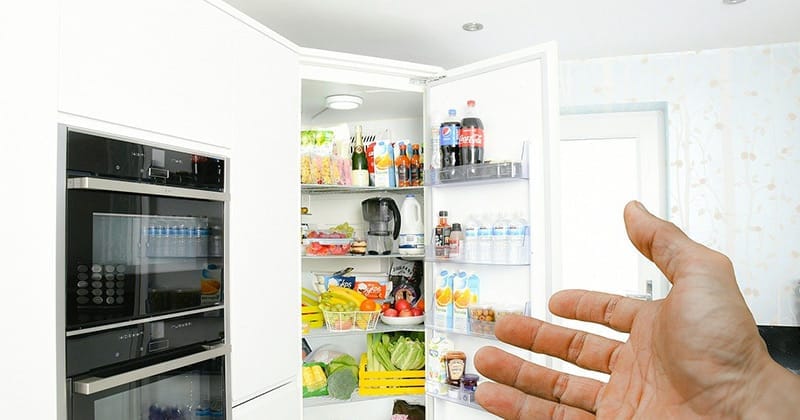Cyber threats aren’t just “out there” anymore—they’re part of everyday life. From fake emails trying to trick you into clicking a link, to criminals locking up a company’s files for ransom, the dangers are real and constant.

Approx reading time: 4 minutes

Long-term food storage is a key component of preparedness planning, enabling you to maintain a completely sustainable food supply during cases of emergencies or disruptions. A well planned long-term food storage strategy can and will provide nutritional needs for your family for months. Even years, depending on the scale and scope of your preparations.
Here’s a few ideas about how to approach the basics of long-term food storage effectively.
First of all, focus on non-perishable items that have a long shelf life and provide good nutritional value at the same time. Staples like grains (wheat, rice, oats), legumes (beans, lentils, peas), powdered milk, sugar, salt, honey, and dried fruits and vegetables are ideal for this kind of treatment.
These items, when properly stored, can last for years. Incorporating freeze-dried or dehydrated foods can also add variety and essential nutrients to your storage. These are lightweight, take up less space, and can last for decades as well.
The longevity of your food storage, as well as the quality of ingredients, is greatly influenced by the environment in which it’s kept. To maximize shelf life, always store food in a cool, dark, and above all dry place. Temperatures should ideally be kept between 50°F and 70°F (10 – 22°C), depending on the food of course.
Any exposure to light, moisture, or high temperatures can and will degrade food quality rapidly and lead to spoilage. You must use airtight containers made of food-grade materials to protect against moisture, but also against pets. Mylar bags with oxygen absorbers, food-grade buckets, and #10 cans are usually excellent choices for long-term storage.

Oxygen and moisture are two of the biggest threats to successful long-term food storage. Various oxygen absorbers can significantly extend the shelf life of food by preventing oxidation, maintaining nutritional quality, and deterring pests. Also, desiccants or silica gel packets can help control moisture within storage containers, protecting against mold and spoilage.
A systematic approach to rotating your food supply ensures that nothing goes to waste and that your stock remains fresh in your long-term food storage. Use a first-in, first-out (FIFO) system to manage your inventory, using older items before newer ones. Regularly check your stock for signs of spoilage or damage and update your inventory list to keep track of what you have and what might need replenishing.
This way, you will ensure that you always have good food on stock and throw out possibly damaged or spoiled foods.
Diversifying your food storage with a variety of foods can help meet nutritional needs and reduce monotony during extended periods of reliance on your supplies. I’t important to include a goodand balanced mix of proteins, carbohydrates, fats, vitamins, and minerals to ensure a balanced diet with your long-term food storage plans. Storing seeds for gardening can provide a renewable food source and fresh produce, which will additionally add time and diversity to your food independence.
Read about the plants available in your area and inform yourself about the possible food sources, as well as the medicinal value of them. Two very much recommended sources of information like this are
They’re both available on Clickbank and easy to purchase.
Expanding your understanding of food preservation techniques, such as canning, drying, and smoking, can expand your food storage options and allow you to preserve fresh foods and keep your long-term food storage plans adequate to your needs. These skills are simply invaluable for extending the shelf life of garden produce, as well as bulk purchases.
Incorporate stored foods into your regular cooking in a way that will let you to become familiar with their preparation and to ensure your family is accustomed to their taste and texture. This practice makes the transition to relying solely on your food storage much smoother and easier in any emergency situation.
Long-term food storage requires careful planning, proper storage conditions, and regular maintenance. By focusing on the right foods, managing storage environments, and staying organized, you can create a resilient food supply.
Don’t forget to inform yourself about the available additional food and medicinal plants sources, primarily by reading books like
Remember, the ultimate goal is to ensure your family’s nutritional needs are met, regardless of the circumstances, providing peace of mind and security in uncertain times that may hit us all.